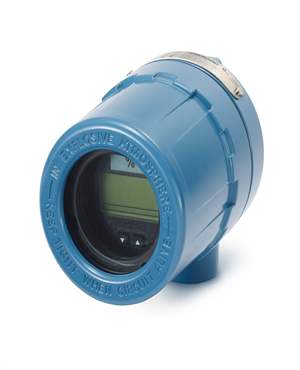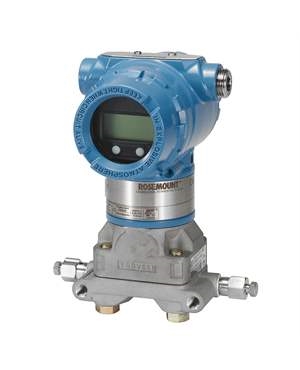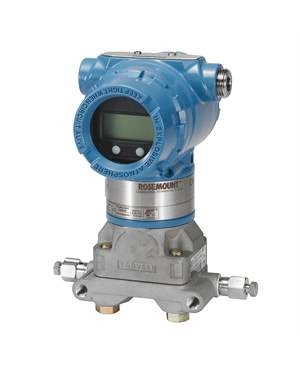How to Select the Right Control Valve for Your Process?
Brian Craig
August 26, 2019
Control valves play an important role in various process industries. They are designed to control the flow of fluids in a system. They are designed to start and stop as well as throttle the fluid flow to ensure efficient process operation. Owing to their increasing use in process industries, today, it is easy to find these valves in different specifications. This large selection may be confusing to users who are purchasing it for the first time. There are several factors to be considered when making a selection. This post aims to ease the control valve selection by providing a few easy-to-follow tips.

What Are the Different Types of Control Valves?
Control valves are differentiated based on their designs and other characteristics. The following are a few important types of control valves in use today:
- Linear globe valves: These valves are made of cylindrical or disk plug element, and have a spherical body and a stationary ring seat. Linear globe valves allow easy access to internal elements, and they are used to regulate the flow of a variety of fluids.
- Linear angle valves: The control valves are designed for severe applications, which may have large noise, flashing, and flow rates.
- Rotary valves: In this type of valve, the liquid flow is regulated through the rotation of passages present in a transverse plug. These valves are ideal for applications, where fluids being transferred may contain solids. In many applications, rotary valves serve as a replacement for globe and angle valves. These valves are designed for severe applications, and they are suited for applications where cleanliness is not mandatory.
- Linear three-way control valves: These control valves feature two outlets and one inlet or vice-versa. Linear three-way control valves are used for applications, where liquids may be involved. They enable easy mixing of liquids from two different pipes into a single pipe. These valves can be found in water chillers, fan coils, air handling units, and so on.
5 Factors to Consider When Selecting Control Valve for Your Process
The purpose of this section is to provide you points that will ease the control valve selection process for your next project.
- Fluid to be Transferred: What type of fluid will be transferred at your processing plant? The control valves are designed for controlling the flow of media such as natural gas, compressed air, steam, liquefied petroleum, gasoline, hydraulic fluid, slurry, and water. So, it needs to be ensured that the valve works perfectly for all these fluids.
- Material Grades: As said earlier, today, it is easy to find the industrial valves in various stainless steel material grades such as ASTM, ASTM A217 grade, A216 grade WCC, ASTM A351 CF8M, and so on.
- Flow Control Characteristics: Address the maximum and minimum or acceptable temperature range of the fluid to be transferred. Also, address the minimum and maximum inlet and outlet pressures that a valve is expected to handle. This will help you understand the flow control characteristics of the valve. Ensure that the valve chosen offers consistent control across various temperatures. Also, they meet equal or linear percentage or several other characteristics. Understand that these flow characteristics will vary across different processes, and the valve must be able to assure stability across all conditions.
- Compatibility with Remote Systems: Owing to the criticality of the process environment, many processes require remote control and monitoring. It is important to ensure that the valve chosen complies with the remote process management systems.
- Rugged Construction: Most industrial processes are conducted in ambient, harsh environments; so, if the chosen valve is unable to meet these diverse requirements, then it may fail to serve the purpose. You need to check if the valve can withstand the extremes and minimums as well as upset conditions, and can operate virtually.
In addition to the above-discussed tips, you can discuss your requirements with the manufacturer. Whenever you are considering these valves for your project, ensure that they are sourced from a reliable supplier like The Transmitter Shop. The company provides a new surplus, reconditioned, and factory new control valves.
Related Product Table of Control Valves
| Model List | Measurement Type | Brand | Process Connection Type | RFQ |
| V150 Control Valve | Control Valve | Fisher | Flanged | |
| ET Control Valve | Control Valve | Fisher | Flanged, Butt Weld, RTJ, Threaded, Socket Weld | |
| V200 Control Valve | Control Valve | Fisher | Flanged | |
| ED Control Valve | Control Valve | Fisher | Flanged, Butt Weld, RTJ, Threaded, Socket Weld | |
| ES Control Valve | Control Valve | Fisher | Flanged, Butt Weld, RTJ, Threaded, Socket Weld |
Related Posts
- Causes & Solutions of Annoying Noise from Control Valves
- Understanding Industrial Control Valves and their Types
- All Important Questions on Control Valves Answered
- 3 Common Control Valve Maintenance Practices
- Know Everything About the Benefits, Applications, Types, and Automation of Control Valves
- How to Select the Right Control Valve for Your Process?
- Calibration of Control Valve Positioner: The Process Discussed
- Control Valve Actuators: Different Types and Failure Modes Discussed
- Calibration Guide for Fisher 3582 Pneumatic Positioner
- How to Do the Periodical Inspection and Maintenance of the Control Valve?
- Temperature Control Valve – Definition and Working Principle
- Reasons to Choose Remanufactured Instrumentation and Control Valves
- Fluid Flow Isolation Techniques for Pressure Instrumentation
- Single Acting vs. Double Acting Positioners: Pros and Cons
- Steam Boiler Drum Level Measurement A Comparison of Control System Technologies
- Furnace Flame Sensor Faults Everything You Need to Know for Safe Operation
- Comparison between Multi Valve Manifolds Block Valves and Bleed Valves
- Understanding Electrochemical Detection: Principles, Techniques and Environmental Application
- How Can Greenhouse Gas Emissions Be Reduced?
- Furnace Flame Sensor Faults Everything You Need to Know for Safe Operation
- Understanding Electrochemical Detection: Principles, Techniques and Environmental Application
- How Can Greenhouse Gas Emissions Be Reduced?
- Pneumatic Pressure Controllers: A Safe Choice for Hazardous Areas
- A Practical Guide to Vacuum Measurement and Operation
QUICK ENQUIRY







